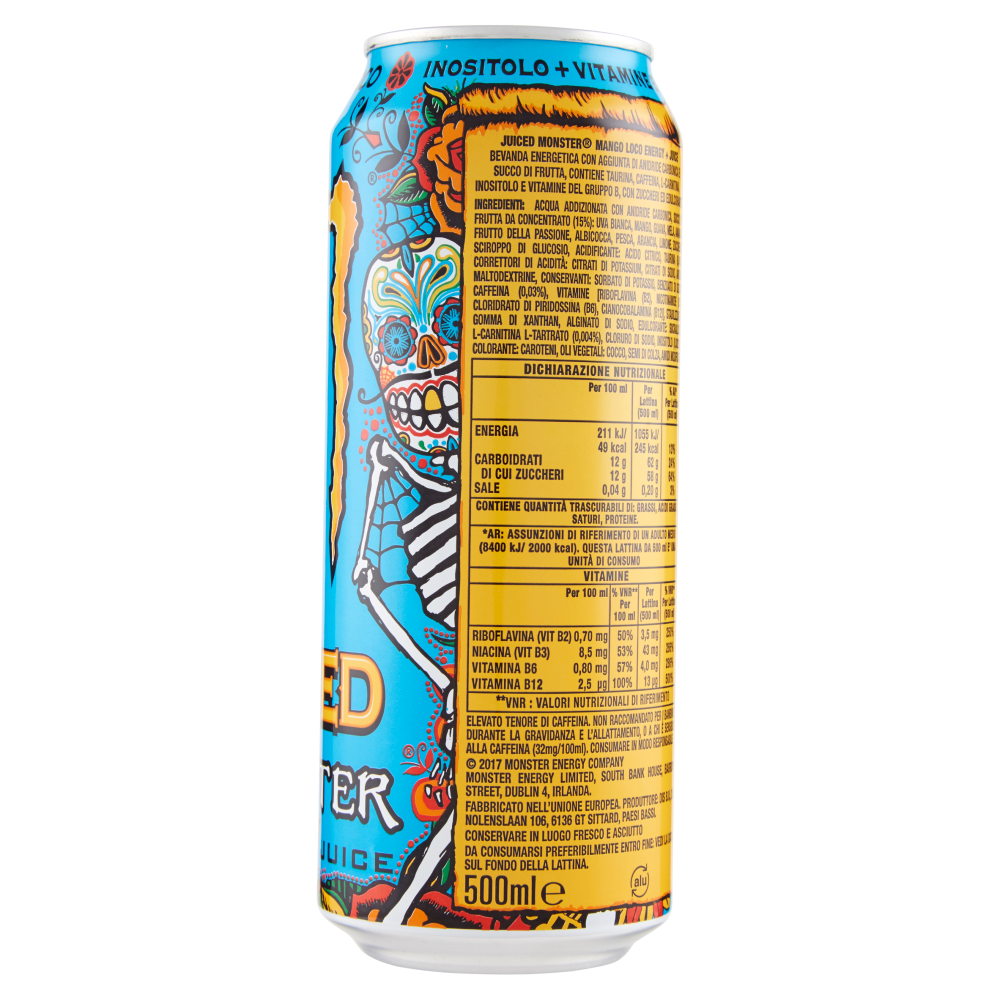

Between February and April, there were an additional three murders: one very close to Tequendama, another in Puerto Mallarino and the last at a potrero.įaced with this wave of murders, the authorities sent a series of notices to the public, claiming that these bodies were likely taken from cemeteries and later scattered around Cali, mostly in solitary areas. Another three corpses were found in the same month, in different sectors of the town. In January 1964, Cali police found the mummified body of another boy two days after, the remains of 12-year-old Alberto Garzón were discovered. Īt the end of the year, five murders were recorded between November and December, all of the similar in their brutality. Two more bodies were discovered before the end of the year: one near the railway station and the other in Prados del Norte. Eight days later, a third body, lacking eyeballs, was discovered on the shores of the Aguacatal River. On December 4th, another boy was found on some grassland in the northern area of the city, in what is considered the second recorded homicide.

After that, more cases of murdered young boys began cropping up, the bodies discarded in a type of urban alley known as mangones. On November 5, 1963, the body of a paperboy was found in western Cali.

During the 1960s, citizens of Cali lived in fear and uncertainty, as children and adolescents began disappearing from the area.


 0 kommentar(er)
0 kommentar(er)
